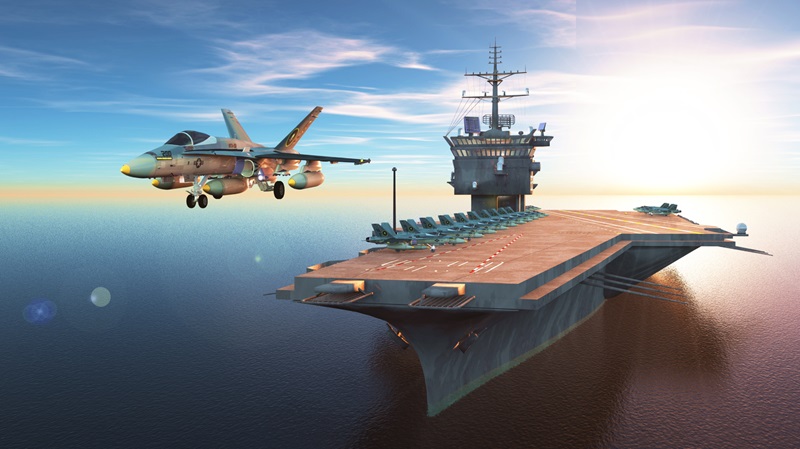Discover Mistral’s Industry-Specific Solutions and Services
Founded in 1997, Mistral, a subsidiary of AXISCADES, is a Chip-to-Product company providing end-to-end embedded product design and development services to global clients. With 28 years of experience, Mistral is a leading product design and development company based in Bangalore, delivering business value throughout the entire product engineering lifecycle.
We specialize in advanced product design and development services, including build-to-specification (BTS), build-to-print (BTP), and comprehensive system engineering for a wide range of applications. Our expertise spans two primary business verticals: Aerospace and Defense, and Deep-Tech Applications, catering to industries such as Industrial, Automotive, Healthcare, Consumer Electronics, Semiconductor, and Hyperscalers.

Aerospace and Defense
Land. Water. Air

Electronics, Semiconductor & AI
Chip to Product
Mistral at a Glance
Mistral, an AXISCADES company, is an ISO 9001:2015, ISO 27001:2013 and AS9100D certified technology design and systems engineering company providing end-to-end solutions for embedded product design and application deployment. With 28 years of experience in embedded technologies and among the leading embedded companies in Bangalore, Mistral offers cutting-edge embedded system services for build to specification (BTS), build to print (BTP) & system engineering for a wide range of applications.

Company Overview

Leadership Team

Work Culture
Alliances











Accolades












